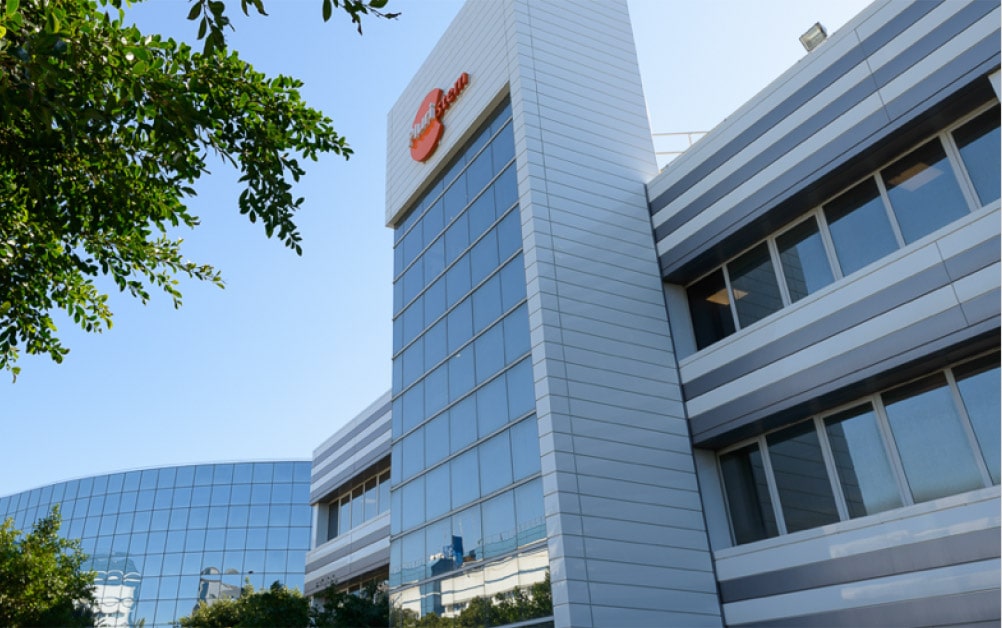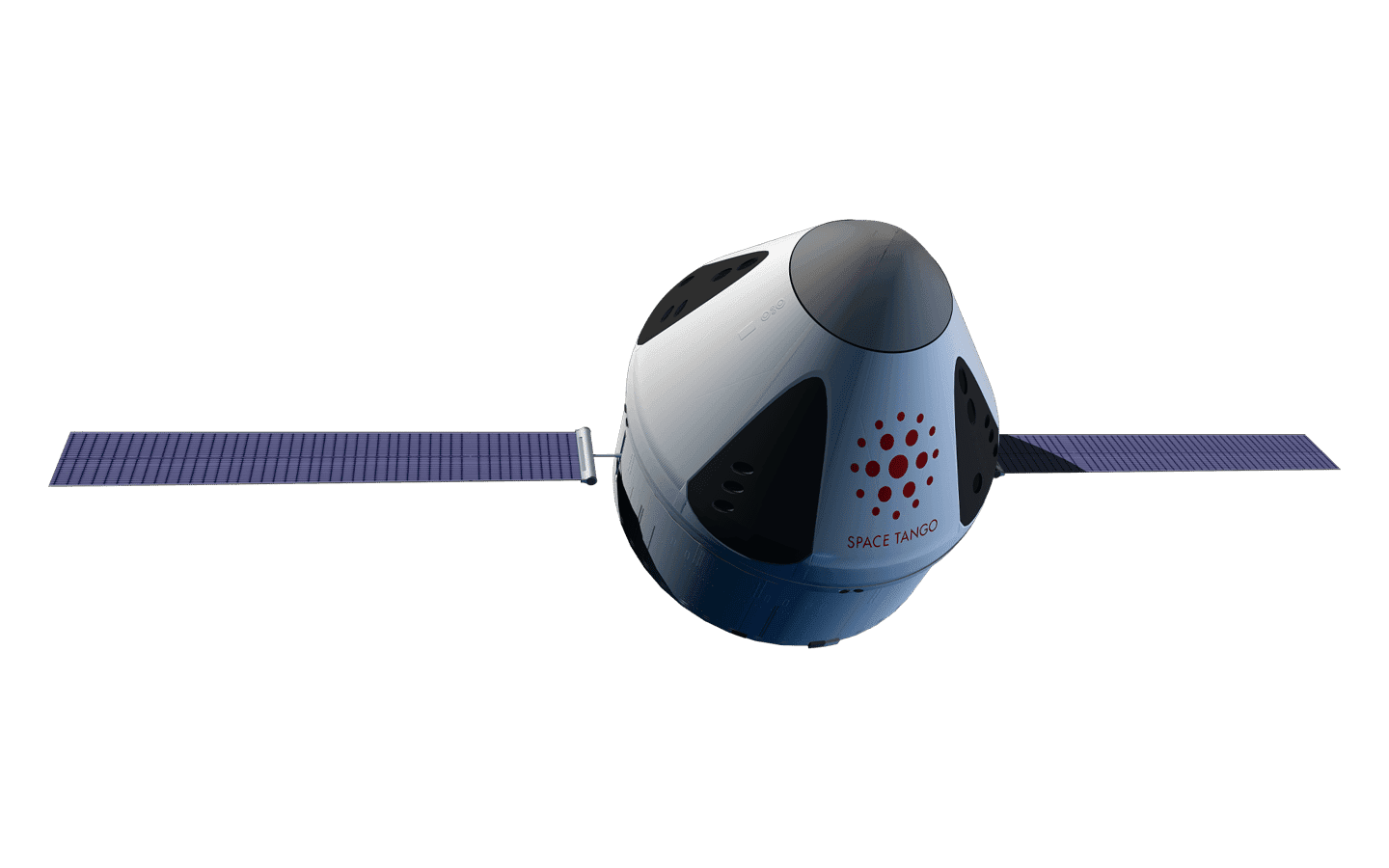Five companies building the tools and tech for humans to thrive off-planet
Aug 12, 2019
This year marks the 50th anniversary of one of the most pivotal moments in human history. Stepping onto the moon, Neil Armstrong in 1969 uttered those now infamous words: “That’s one small step for man, one giant leap for mankind.”The next fifty years did not see space travel become routine, with many coming to believe that NASA is just too slow. But space-related research and innovation are enjoying a new revival, inspired by SpaceX, Blue Origin, Virgin Galactic, and other private firms that are making commercial space travel a reality. Along with rockets, hundreds of companies across the world are working feverishly toward developing infrastructure for space tourism, novel methods of growing food off-Earth, and sustainable building materials, to name only a few. All this with a tantalizing goal: to open up other planets and extraterrestrial bodies for exploration -- and perhaps even residence -- by everyone, not just astronauts.Such work has not only moved us closer to our goal of one day living and playing off-Earth, but has also benefited our lives right here, right now. Scratch-proof glass, some biopharmaceuticals, and GPS navigation all derive from space-based research. The innovation happening today is incredibly exciting, and the future possibilities are seemingly endless. Here are five companies working on technologies that can help us thrive both on- and off-Earth.
Solar Foods

Photo by Patrick Fore on UnsplashSolar Foods is the Finnish company that figured out how to make food out of thin air. Well, sort of. Solein is a wheat flour-like substance comprised of 50% protein that Solar Foods has made out of CO2, water, and electricity -- oh, and microbes. An idea born at NASA and further developed by researchers at VTT and Lappeenranta University of Technology in Finland, Solein is produced via an entirely carbon-neutral process that doesn’t require a single inch of arable land -- and has the potential to solve two of our most urgent problems at once: removing CO2 from the environment and feeding the millions of people on Earth that don’t have a guaranteed meal every day.But the company has more “lofty” goals as well: it recently partnered with the European Space Agency to develop foods for consumption off-Earth. With the harsh environments of the moon and Mars making growing food there a significant challenge, the advantage of eliminating the need for arable ground is clear. One of the 2019 Food Tech 25, Solar Foods is well on its way toward transforming the way we eat, both on- and off-Earth.
Pluristem

Image source: http://www.pluristem.com/the-company/Microgravity wreaks havoc on the human body, which is adapted to life at a gravitational acceleration of 9.8 m/s2. Bones and muscles begin to waste away after just six months in microgravity, and higher radiation in space can cause a slew of other health conditions. If astronauts -- and the rest of us -- are to eventually spend significant amounts of time off-Earth, we need a way to heal our bodies.Israel-based biotech company Pluristem Therapeutics is leveraging placental cells for the solution. The company has been developing placental cell-based treatments for a variety of conditions (including acute radiation syndrome, inflammation, and muscle injury) for nearly a decade, but is entering new territory through a collaboration with NASA’s Ames Research Center to test the potential of their therapies to be used to heal physiological damage caused by space travel.
3D Bioprinting Solutions

Image source: https://bioprinting.ru/en/about-lab/Occasionally humans manage to really get into trouble, and more serious and urgent medical care is necessary. What if that happens on the moon, or worse, Mars? You’ll likely be dead for years before you make it back to Earth for treatment. Already a novel technology in Earth-based healthcare, 3D printing of organs and body parts could be the key to critical health care systems off-Earth.The great thing about 3D printing is that it is not restricted by gravity -- you can print from all sides at once -- so it actually works in microgravity. How can we be sure it works? The Russian laboratory 3D Bioprinting Solutions has actually printed mouse thyroid glands and human cartilage in space. Their 3D printer, which is currently housed on the ISS, will remain there for five years as the company optimizes bioprinting in space.
Space Tango

Image source: https://spacetango.com/st-42/Founded in 2014, Space Tango is a Lexington, Kentucky - based company focused on “conducting research and manufacturing in the microgravity environment that benefits life on Earth, from design to implementation.” The company’s founders believe that microgravity is an exciting new frontier for biomedical discovery and innovation, and they hope to build a future where the next big healthcare breakthroughs happen not in labs on Earth, but in research labs orbiting the great blue planet.The Space Tango team are achieving their goal through CubeLabs, fully automated payload modules that facilitate multiple biomedical and tech applications simultaneously. Currently, several CubeLabs are housed on the International Space Station (ISS) in Space Tango’s TangoLab-1 operational microgravity research facility, which arrived on the ISS in 2016. Launching a dozen missions since 2017, Space Tango has sent payloads into space to study the effects of microgravity on the development of antibiotic resistance in E. coli and on human physiology using organs-on-chip, germination and growth of barley seeds in microgravity, the manufacture of fiber-optic cable in microgravity, and over 120 other projects.On the ISS today, the company aims to have their own orbital platform (dubbed SST-42), dedicated to microgravity research, in low-Earth orbit by the mid-2020s.
Nova Space Biotechnology

Image source: http://www.novaspacebiotech.ch/services/bioscience-test-programs-and-development/But getting your experiments to space isn’t always easy: a number of logistical, technical, and biological challenges can doom a payload experiment before it even gets off the ground. These challenges can be enough to deter academic groups and entrepreneurs alike from tackling microgravity research. Nova Space Biotechnology seeks to change that.Founded in 2013, the Swiss company is dedicated to providing comprehensive advice and technical service to scientists sending experiments to space, helping them navigate logistical challenges from hardware development and testing to establishing and testing sample transport procedures. The company also produces custom-made hardware for military and suborbital aircraft, including a microgravity research platform onboard the military fighter jet Northrop F-5 aircraft (in collaboration with the Swiss Air Force) -- an autonomous hardware system that can be adapted to other aircraft and microgravity platforms such as Blue Origin’s New Shepard.This list is by no means exhaustive, with a number of other companies developing groundbreaking tools and technologies to propel humankind ever closer to life in space. Want to learn more about some of them? Check out the BetaSpace session at SynBioBeta 2019 this October 1-3 in San Francisco.

















